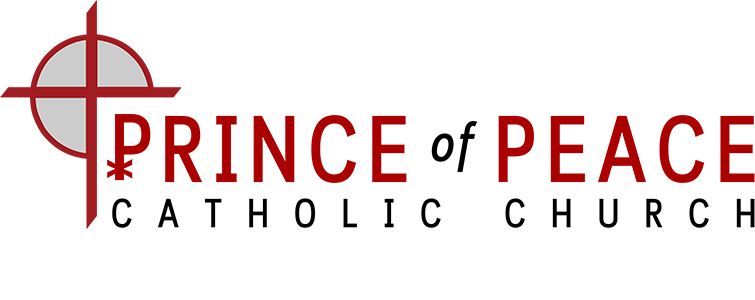Juliana of Liège, a 13th century canoness from Liège, Belgium, had a vision of the Church under a full moon with one dark spot on it, signifying the absence of a feast dedicated to the Body and Blood of Christ. After having visions of Christ for over 20 years, she finally told her Bishop about it, upon which he instituted the celebration of Corpus Christi to be held in the diocese each year thereafter on the Thursday after Trinity Sunday.
Pope Urban IV instituted the Solemnity of Corpus Christi on the Thursday after Pentecost as a feast for the entire Latin Church in 1264. This was the first ‘Papal’ declaration of a feast for the Church. While Holy Thursday was also seen as a Feast for the Body and Blood of Christ, it is also a remembrance of the institution of Holy Orders and the ideals of service through the washing of the feet. Hence, the feast of Corpus Christi was established to create a feast solely focused on the Holy Eucharist.
St. Thomas Aquinas composed a hymn for Vespers of this feast day, Pange Lingua, which is also sung on Holy Thursday during the procession of the Blessed Sacrament to the altar of repose - which we sing here at POP during this procession. The last two verses of Pange Lingua are also used as a separate hymn for Benediction, Tantum Ergo – which we sing during the First Friday Exposition and Benediction service at 6pm on the First Friday of each month.
When Pope Pius V revised the General Roman Calendar, Corpus Christi was one of only two feasts that he kept - Trinity Sunday and Corpus Christi. This feast is traditionally celebrated with a Eucharistic procession throughout the surrounding area of the church after the mass. At the end of the procession, the Eucharist is returned to the Church for Adoration and Benediction.
